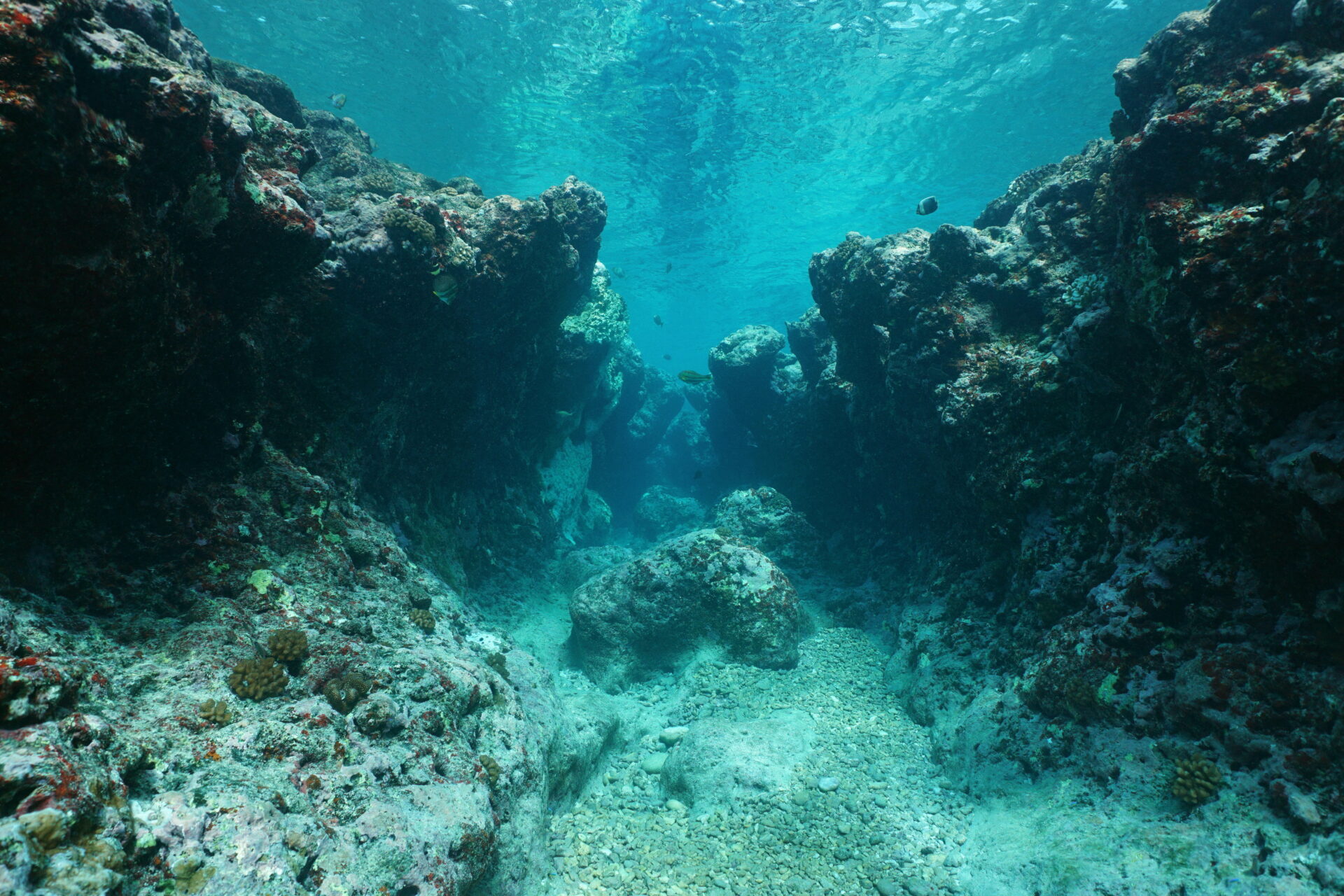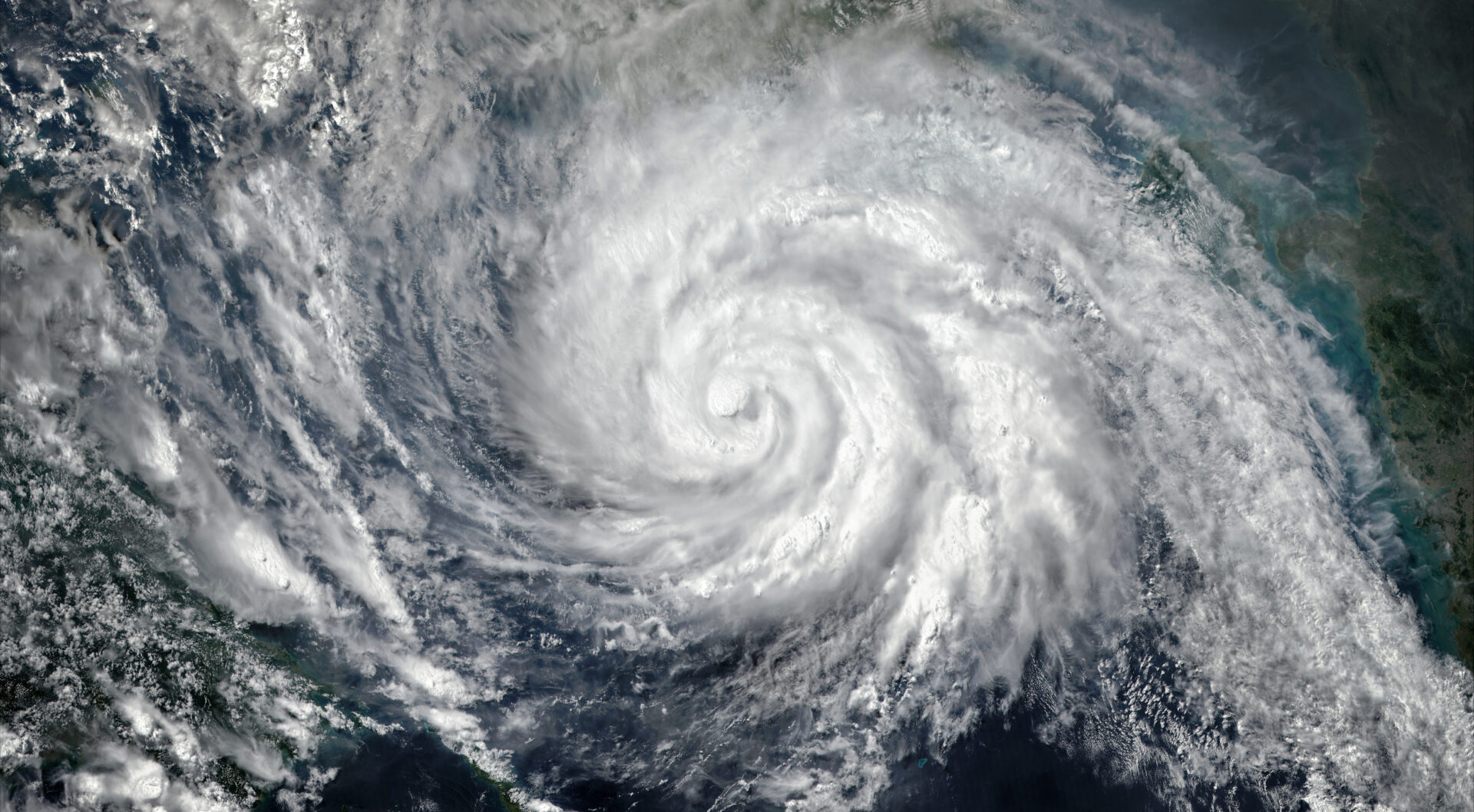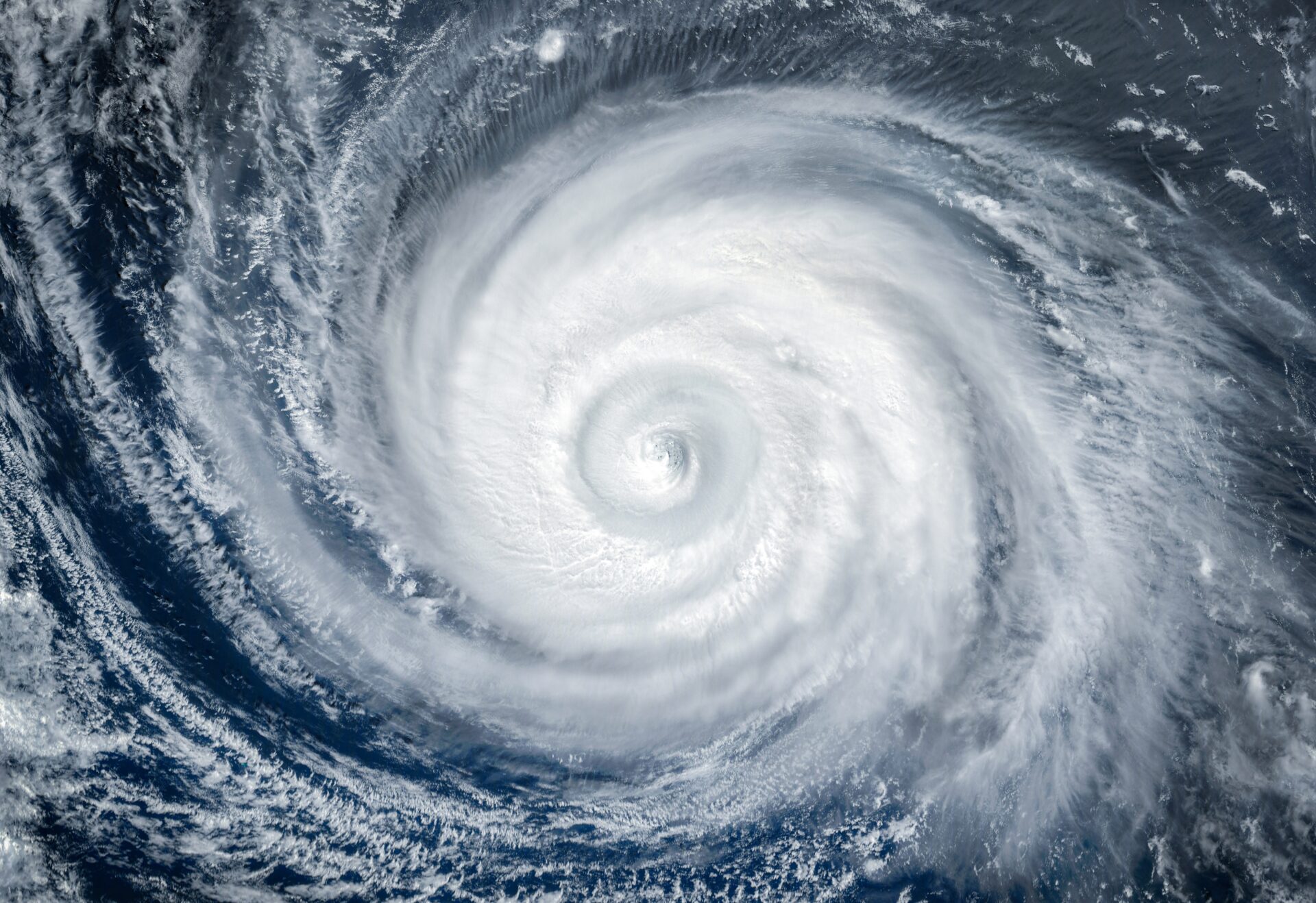
Ocean Hunt Nets WEIRD Cosmic Relic!
Harvard astrophysicist Avi Loeb’s recovery of unusual metallic spherules from the Pacific Ocean has ignited fierce debate over whether they represent interstellar material—or even alien technology.
At a Glance
- Loeb’s team retrieved metallic spherules from the seafloor near Papua New Guinea.
- Chemical analysis showed rare elements and isotope ratios unlike known solar system materials.
- Loeb suggested a possible technological, extraterrestrial origin.
- Critics from NASA and Johns Hopkins dispute both the findings and methodology.
- Further expeditions are planned to test the claims with more evidence.
Ocean Discovery and Analysis
In June 2023, Avi Loeb led a privately funded expedition to the waters off Papua New Guinea, where the 2014 IM1 meteor was thought to have disintegrated. Using specialized equipment, the team recovered dozens of tiny metallic spherules embedded in the seafloor. The material was reported to contain measurable amounts of beryllium, lanthanum, and uranium—elements rarely seen in such concentrations in meteoritic samples.
Loeb’s group argued that the isotope ratios of iron in the particles do not match those typically found on Earth or in solar system objects, fueling speculation about an interstellar origin. These conclusions have yet to be confirmed by independent laboratories, leaving the findings in scientific limbo.
Watch now: Harvard Professor Says He Found Alien Fragments in the Ocean · YouTube
Scientific Skepticism and Debate
Not all experts share Loeb’s confidence. Planetary scientist Marc Fries of NASA, along with researchers at Johns Hopkins University’s Applied Physics Laboratory, expressed doubts about the reliability of the seismic data used to identify the impact site. They argue that the detected signal could have been generated by terrestrial activity, such as human-made disturbances, rather than a meteor.
The absence of independent verification has left the scientific community divided. Some researchers urge caution, emphasizing the need for rigorous peer-reviewed studies before making extraordinary claims. Others call for additional expeditions to recover larger fragments, which could provide more definitive evidence of the material’s origin.
Broader Implications
If Loeb’s findings withstand scrutiny, they could reshape scientific understanding of interstellar matter and potentially hint at technological activity beyond Earth. Such a discovery would have profound consequences for astronomy, planetary science, and the search for extraterrestrial intelligence.
Yet, if the claims fail under further testing, the case may instead highlight the importance of maintaining strict scientific standards when investigating phenomena that inspire public imagination. Either way, the controversy has already heightened global interest in astrobiology and interstellar research, with potential implications for future funding and international collaboration.
The debate underscores a central challenge in science: balancing the drive to explore with the discipline to demand credible, replicable evidence before embracing transformative ideas.
Sources
Harvard
NASA
Johns Hopkins University
Scientific American
Nature


